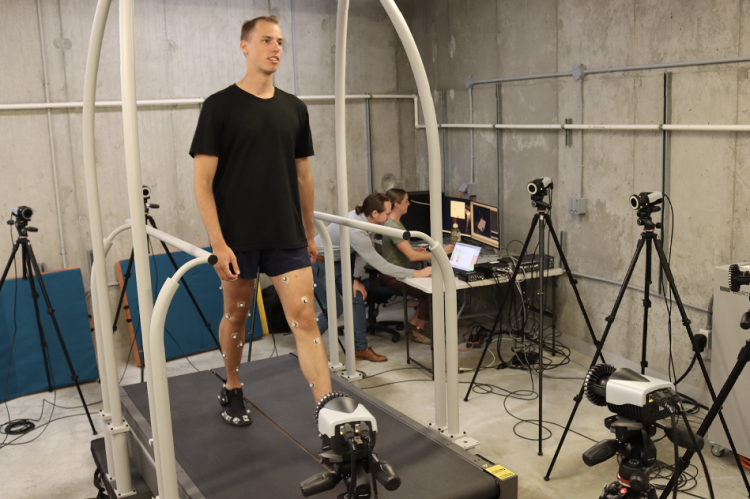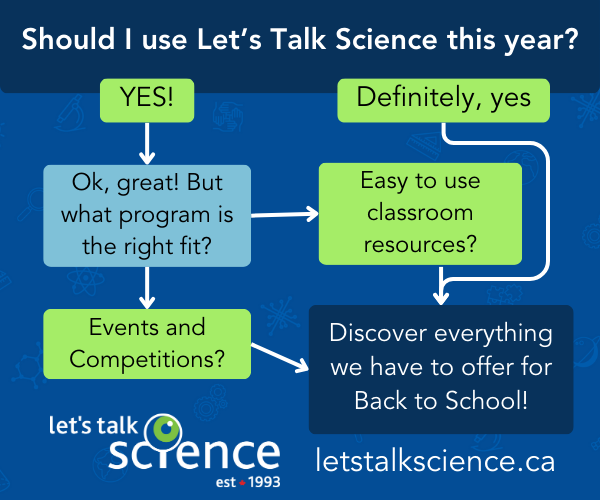We use them every day, usually without a second thought, but for Vancouver Island University (VIU) researcher Dr. Michael Asmussen, this is why it's so important to study the structures of the human foot.
Asmussen's research is focused on how the foot and ankle and its 26 bones, 33 joints and hundreds of tendons, ligaments and muscles work together to help us move.

(Left to right) Jakob Tortorelli, Dr. Michael Asmussen and Elise Cole conduct research in Asmussen's lab at the VIU Nanaimo campus. Photo Credit: Vancouver Island University
"Every time we strike the ground with our foot, there's a force that acts on us from the environment and we must be able to balance over top of our foot each time we take that step," he said. "This process is something we take for granted, but it's pretty complicated when you think about all the structures that are involved."
According to Asmussen, the applications of understanding this process are twofold.
"The first is high-performance and trying to understand how we can optimize human behaviour and equipment to run longer or faster, while using the lowest amount of energy," he said. "The second part revolves around what happens when walking or running starts to deteriorate or goes wrong due to factors like an injury, aging or loss of muscle strength."
Asmussen is exploring how to reduce mobility loss and if there are ways to replace any of this lost function.
"I'm interested in trying to optimize how we control certain muscles that are both inside and outside of the foot" he said. "How do we control those in an optimal way that allows us to both reduce the amount of energy to move, while also minimizing our chance of injury? For example, how do you activate these muscles in the best way to run a marathon, while also minimizing your chance of injuring your foot or leg during that performance?"
He also works with industry partners, such as lululemon athletica, on performance optimization, particularly around footwear and apparel research and design.
Jakob Tortorelli and Elise Cole are both in their final year of VIU's Kinesiology program and worked with Asmussen over the summer as student researchers.
Tortorelli hopes to pursue a career in pedorthics - which focuses on the management and treatment of conditions of the foot, ankle and lower extremities using footwear to help ease and treat foot-related problems - after he graduates.
Cole hopes pursue a career in either physio or massage therapy.
Asmussen said he wasn't thinking specifically of the clinical benefits of his research when he first began his work.
"I was actually trying to understand how to improve my own running performance as a varsity track and field athlete," he said.
He soon realized that the foot can be affected in a number of different clinical conditions, as a result of the aging process, or otherwise. And if a person loses foot function, "they lose their ability to stay mobile, which can result in a variety of other negative issues, from loss of muscle mass to depression and reductions in quality of life."
The goal of Asmussen's research is to translate his findings into health-care solutions aimed at assessing and improving stabilization of the foot and ankle and a person's ability to safely walk and run throughout their whole life.
Asmussen is the recipient of a Michael Smith Health Research BC Scholar award, which supports early-career health researchers who are building leading-edge research programs.













